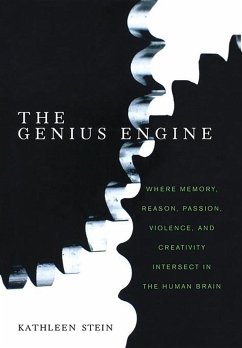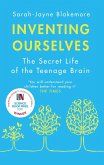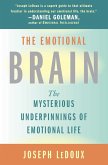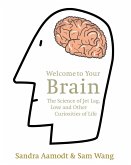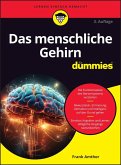Embarking on a spellbinding journey to the frontiers of neuroscience, acclaimed science editor and writer Kathleen Stein takes an enthralling in-depth look at the prefrontal cortex, the site of our working memory, impulse control, reason, perception, decision making, and emotional processing-all the things that comprise our human genius.
Hinweis: Dieser Artikel kann nur an eine deutsche Lieferadresse ausgeliefert werden.
Dieser Download kann aus rechtlichen Gründen nur mit Rechnungsadresse in A, D ausgeliefert werden.
Hinweis: Dieser Artikel kann nur an eine deutsche Lieferadresse ausgeliefert werden.

